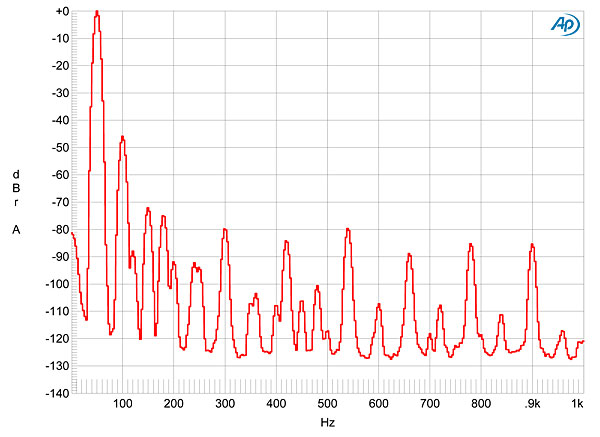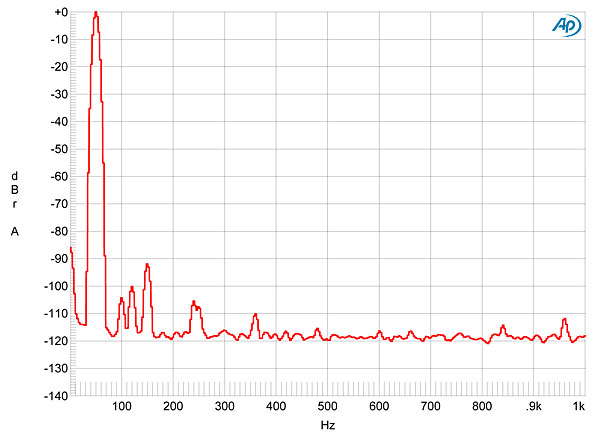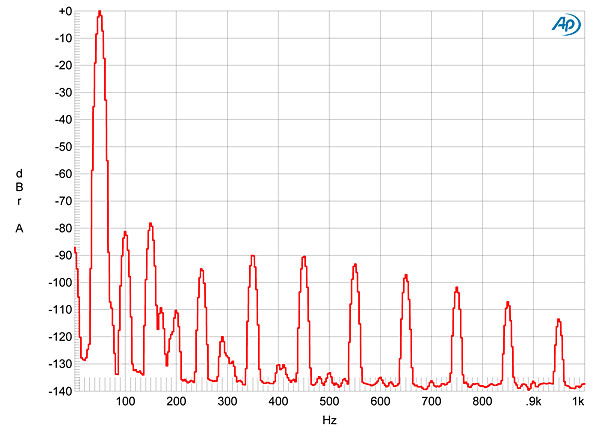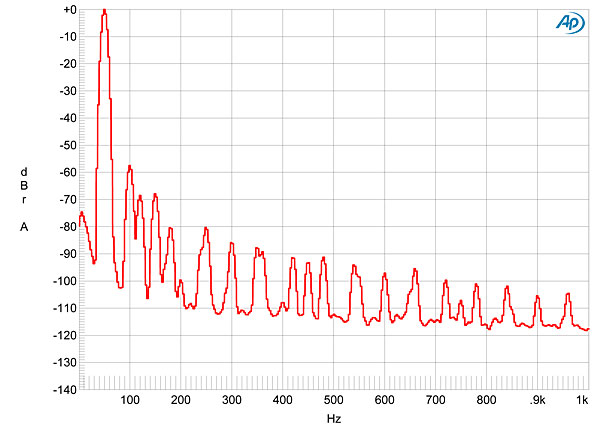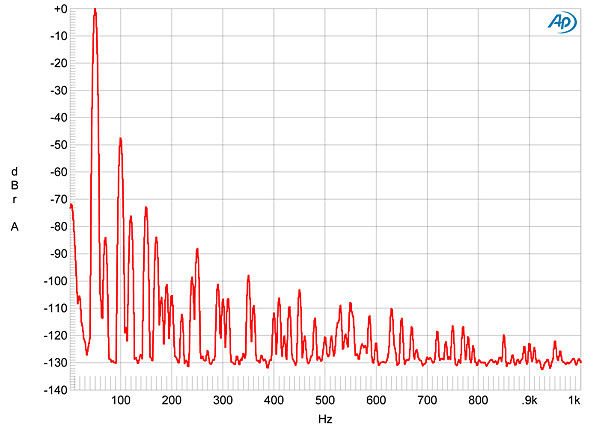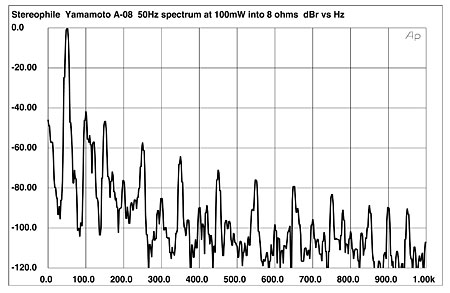a.wayne
Well-known member
Afraid to ask but, what do you mean? Are you one of the zombies out there chanting the Feedback is evil mantra btw?
No, the story that emerges is that no toob amp, irrespective of cost, can be as clean as a good SS amp even at mW power level (as if that has any relevance anyway in the real world).
It still has very low distortion , how much distortion is too much ..?

